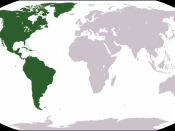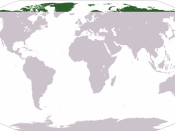IntroductionDiabetes has been a major world-wide health issue for many years, with numerous treatments developed to manage this condition. The disease primarily affects affluent individuals; hence most of those affected have access to the health care they require to effectively manage the condition. However, the Australian Aboriginal and Torres Strait Islanders populations [generally regarded as a disadvantaged group] suffer a disproportionate burden of type 2 diabetes and lack tailored health care services with which to properly manage the condition. Australian Aboriginal and Torres Strait Islanders are amongst the most disadvantaged groups in the world, and this review aims to evaluate research regarding trends in diabetic Aboriginal and Torres Strait Islanders and the effectiveness of various treatment methods. The causes of diabetes in Aboriginal and Torres Strait Islanders are primarily based around their increasingly westernised lifestyle and poor socioeconomic standing. In addition to their culture, these factors also mean that traditional treatments for diabetes are ineffective for Aboriginal and Torres Strait Islanders. The lack of specialised health care means a high morbidity and mortality in Aboriginal and Torres Strait Islanders populations, which in turn exuberates social strata's and inequalities.
Significance of ProblemIn the 2001 National Health Survey, a great disparity in the prevalence of diabetes between indigenous and non-indigenous populations was found. The age-standardised prevalence for diabetes amongst Indigenous populations1 was 11% compared to 5% for non-Indigenous people2. The Australian Bureau of Statistics published the following table4 illustrating this difference:The prevalence in Indigenous populations also varied with geographical location, with remote areas reporting a prevalence of 16% compared with 9% for people living in non-remote areas1. However, the study also estimated that the prevalence could be as high as 30% in remote areas1, an estimate reinforced by a Commonwealth study which reached the same conclusion3. However, the Commonwealth study estimated...


